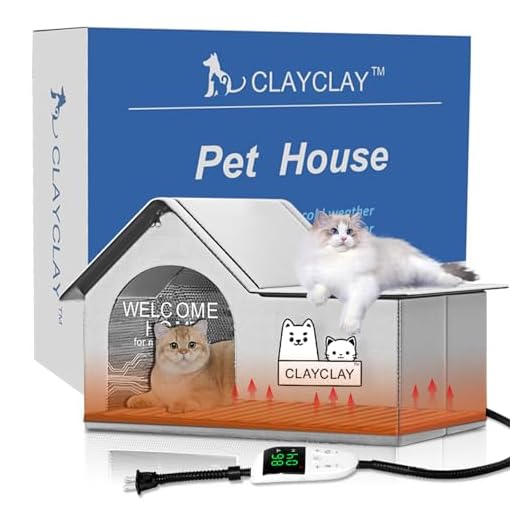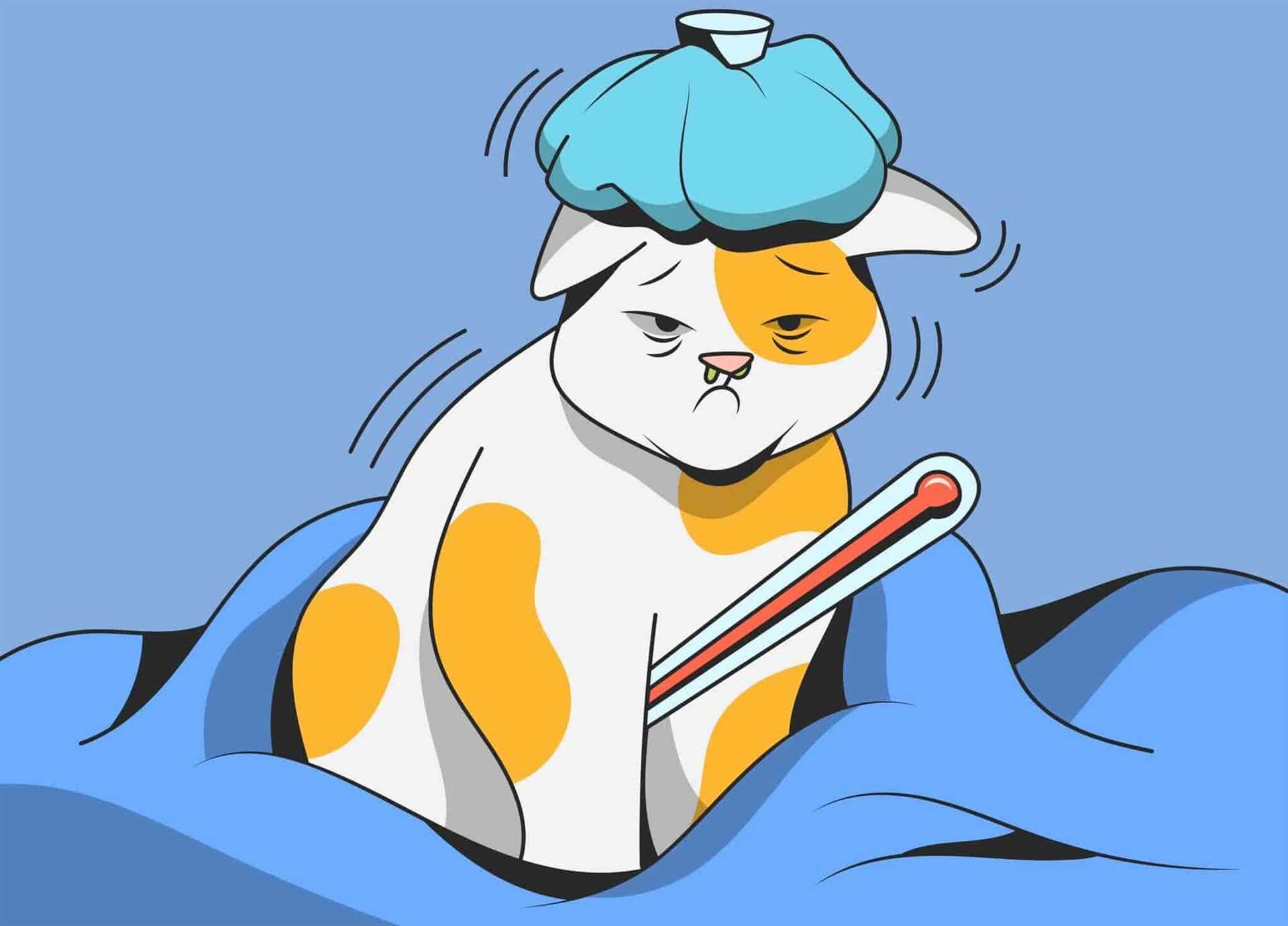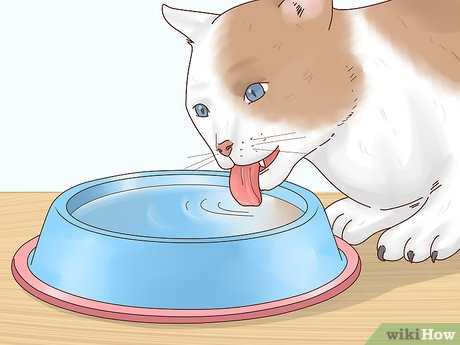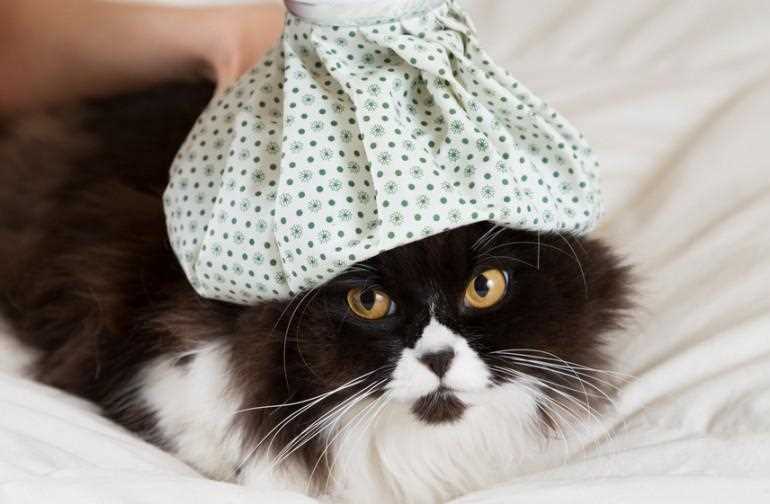



Hydration is key. Ensure fresh, clean water is always available to help maintain body temperature and support recovery. If your furry friend is reluctant to drink, try offering ice cubes or ice chips to entice them.
A cooling bath can offer immediate comfort. Use lukewarm water to gently bathe the paws and belly. Avoid cold water as it may cause shock or further discomfort. Wrap them in a soft towel afterward to provide warmth and security.
Consult a veterinarian for appropriate medications to safely lower their temperature. Over-the-counter human medications can be dangerous, so professional guidance is essential.
Maintain a calm and quiet environment. Stress can exacerbate discomfort, so create a cozy space where your pet feels secure. Soft bedding and gentle companionship can help soothe their anxiety.
Monitor their behavior closely. Note any changes in eating habits, energy levels, or signs of distress. Keeping a detailed log can assist the vet in determining the best course of action.
Recommendations for Managing Elevated Body Temperature
If my temperature rises beyond the normal range, hydration becomes paramount. Ensure water is readily available and encourage frequent drinking. Adding a bit of low-sodium chicken broth can entice me to sip more.
Applying a cool, damp cloth to my paws and ears can help in regulating heat. This simple method offers comfort and can assist in lowering my temperature.
A quiet, comfortable space free from stressors is crucial. Providing a cozy bed in a serene area allows me to rest and recover without disturbances.
Monitoring my symptoms is necessary. If my condition persists or worsens, consulting a veterinarian is the best course of action. Professional guidance ensures proper care and treatment for any underlying issues.
Medications specifically formulated for felines may be prescribed by a veterinarian if necessary. Never use human medications; they can be harmful. Always seek professional advice before administering any treatment.
Identifying Symptoms of Fever in Cats

When my temperature rises, certain signs become noticeable. Here are some key indicators to watch for:
- Increased body warmth: A touch can reveal if I’m warmer than usual. Normal feline temperature ranges from 100.5°F to 102.5°F.
- Lethargy: When I’m feeling sluggish, disinterested in play, or just lounging around, it might signal an issue.
- Reduced appetite: If I suddenly turn my nose up at my favorite meals, something might be off.
- Excessive grooming or lack thereof: Changes in my grooming habits can indicate discomfort or illness.
- Shivering or trembling: This unusual behavior can be a sign of fever.
- Warm ears and paws: Check my extremities; if they feel hotter than usual, it could be a sign of elevated temperature.
If you notice these symptoms, consulting a veterinarian is essential. They can provide guidance on appropriate treatments or interventions. Additionally, ensuring I’m receiving the best multivitamin for cats can support my overall health and immune system.
While monitoring my condition, stay informed about other health-related topics. For example, understanding how to regulate pressure in various tools can also be beneficial in certain situations.
Safe Home Remedies for Reducing Fever

Cool, damp cloths on my fur help lower body temperature. Gently applying these around my ears and paws makes me feel better. Ensure the cloth is not too cold; comfort is key.
Hydration is crucial. Fresh, clean water encourages me to drink more. Sometimes I enjoy a bit of low-sodium chicken broth mixed in to entice my appetite.
A cozy, quiet space aids recovery. Creating a comfy spot away from noise allows me to rest without disturbances. Soft bedding promotes relaxation and warmth without overheating.
Herbal options like chamomile can be soothing. Brew a mild tea, let it cool, and offer a small amount. This might help me feel more comfortable.
Monitor my temperature regularly. If my condition worsens or does not improve within a day or two, seeking a veterinarian’s advice is wise. Timely action is essential.
When to Seek Veterinary Assistance for a Fever
Immediate veterinary attention is necessary if body temperature exceeds 103.5°F (39.7°C) or lasts longer than 24 hours. Signs indicating a serious condition include excessive lethargy, refusal to eat or drink, persistent vomiting, or difficulty breathing.
Signs of Severe Illness

Look for symptoms such as constant hiding, unusual vocalizations, or changes in behavior. If my fur feels unusually hot, or if I’m shivering, these may signal an urgent need for professional care.
Underlying Health Concerns
Fever may indicate infections, inflammatory diseases, or other serious medical conditions. If there’s a recent history of exposure to toxins or if any injuries are present, contact a veterinarian immediately. Early diagnosis can significantly impact recovery.
Remember, timely intervention can make a significant difference in treatment outcomes. Don’t hesitate to reach out to a professional if concerned.
Medications Approved for Cats with Fever
As an owner, it’s crucial to understand medications suitable for managing elevated body temperature in felines. Only specific options receive approval for use in my kind. Below is a detailed overview of commonly prescribed drugs.
| Medication | Dosage | Notes |
|---|---|---|
| Meloxicam | 0.1 to 0.2 mg/kg once daily | Non-steroidal anti-inflammatory drug (NSAID); helps reduce inflammation and pain. |
| Robenacoxib | 1 mg/kg once daily | Another NSAID; effective for short-term pain relief and inflammation. |
| Aspirin | 5 to 10 mg/kg every 48 hours | Used cautiously; can cause toxicity if overdosed. |
| Prednisone | 0.5 to 1 mg/kg every other day | Corticosteroid; reduces inflammation but has various side effects. |
Before administering any medication, consulting with a veterinarian is non-negotiable. Dosage adjustments might be necessary based on individual health status. Regular monitoring ensures safety and effectiveness during treatment.
Tips for Keeping Your Cat Comfortable While Sick
Provide a cozy, quiet space away from noise and activity. A soft blanket or a favorite bed can help create a soothing environment. Make sure the area is warm, as a sick kitty may feel chilled.
Hydration is key. Offer fresh water regularly, and consider using a pet water fountain, which might encourage drinking. Adding a bit of low-sodium chicken broth can entice a reluctant drinker.
Monitor food intake. If regular meals are unappealing, try offering small portions of wet food, which is often more palatable and helps with hydration. Warm it slightly to enhance the aroma.
Gentle Interaction
Engage in light petting or gentle brushing, as this can be comforting. Pay attention to your furry friend’s cues; if they prefer solitude, respect that space.
Keep a close eye on behavior. Changes in activity levels, grooming habits, or litter box usage can indicate how they’re feeling. Regular checks will help spot any concerning signs.
Distraction Techniques
Introduce soft toys or a cozy window perch to provide entertainment without requiring much effort. Calming music or specific feline relaxation tracks can also help create a peaceful atmosphere.
Remember, patience is vital. Staying close and providing comfort will make a difference during recovery. Your presence offers reassurance and love, which is often the best medicine.








